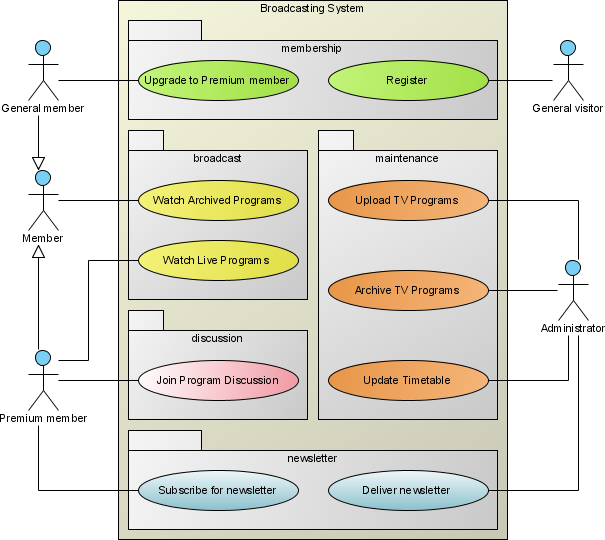



-
As a customer representative, I can search for my customers by their first and last name.
-
As a non-administrative user, I can modify my own schedules but not the schedules of other users.
-
Starting Application
The application begins by bringing up the last document the user was working with. -
Closing Application
Upon closing the application, the user is prompted to save (when ANYTHING has changed in data since the last save!).
The format sentence is normally written on index card, besides Card, other two important parts of the user story practice are Conversation and Confirmation. An reference article for more information on this.
We made several user stories, which are visible in same pictures above together with use cases. After split into several small enough stories, we picked one small user story to start implementing.
Now stop for a while, there are several user stories, sizing from epic, theme to finegrained, before start product development, we need the product backlog. Excel would be a simple tool for product backlog management, together with it, using wiki pages to record detail information of product backlog items.
We used google docs to quickly create our product backlog, with the product backlog items’ descriptions, links to wiki for more details, value, risk and effort. wiki site name is modified to remove confidential information.

